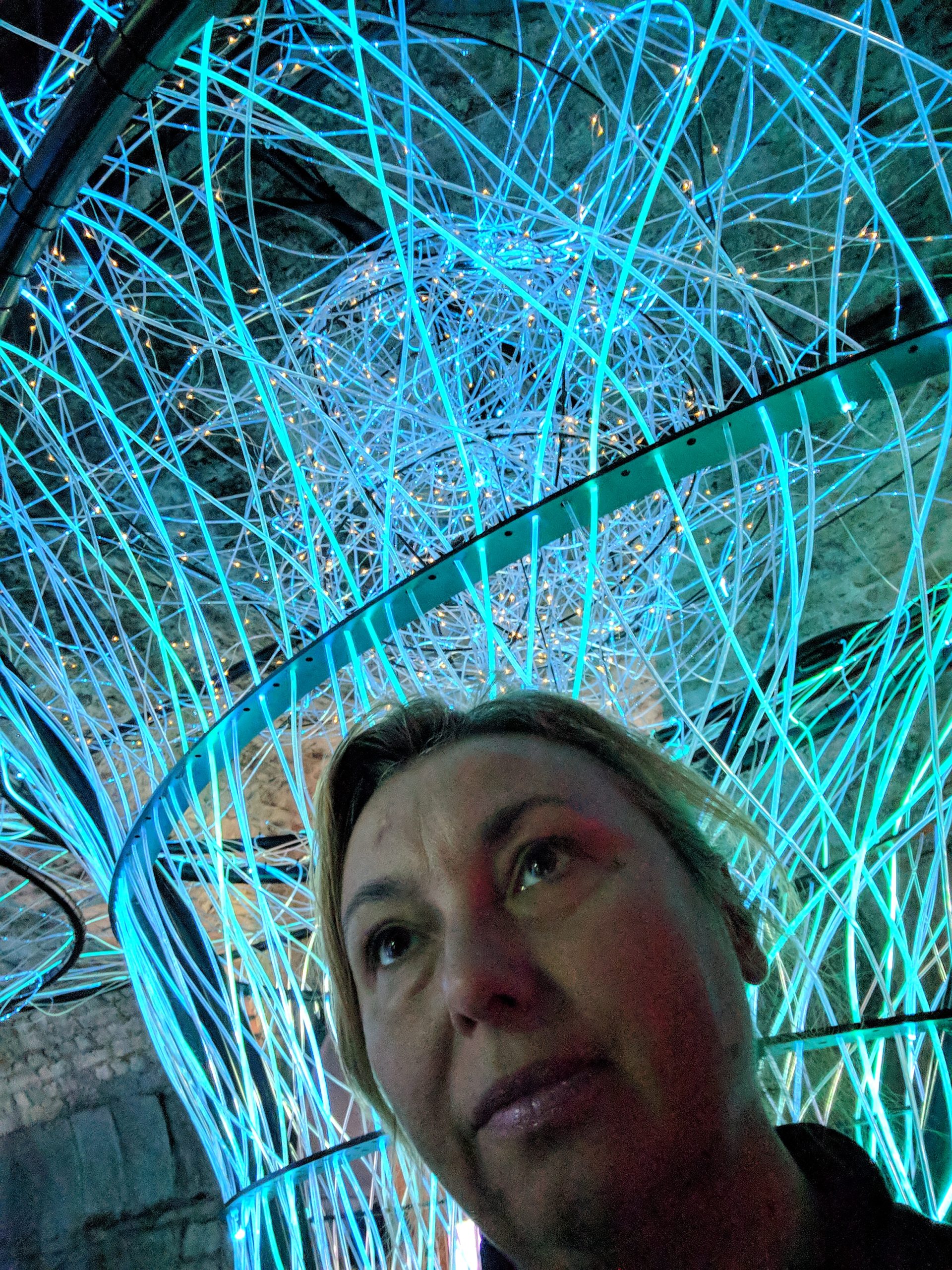This article is in partnership with Day Translations.
As we rely increasingly on AI tools to improve our productivity and speed up processes, the question is: how much should we rely on AI for translations?
There is a lot of hype around AI and how it is supposed to make our life easier, but where do we draw the line between delegating tasks to AI and having end-to-end human processes?
According to reports about AI failures, human supervision is a must when it comes to tasks that are completed through AI tools.
Myanmar and China were the subject of a potential reputational damage because of Facebook’s AI automatic translation feature. Back in 2020 the AI translation tool botched the translation of President Xi Jinping’s name from Burmese into English and, without going into the details, the automated English translation was an offensive slur.
On this occasion Facebook had to publish a formal apology to the Chinese government and, while crisis was averted, there may still be chances of future international embarrassments.
Of course, since then AI tools and automatic translations have gone through major advancements and improvements, mostly thanks to human intervention.
As long as users understand that AI can produce mistakes that include hallucinations or completely fabricated information, in general the way forward is to always check the accuracy of data rendered by automated tools. There are serious limitations to when it is appropriate to deploy AI translations, for example, because they should be confined to simple tasks and the source text should not contain any sensitive information.
Why AI Shouldn’t Be Used To Translate Sensitive Information
The Guardian reported that the US Immigration Department had been using AI translation apps to support its work dealing with refugees and immigrants, mostly to cover the knowledge language gaps of staff.
For example, Immigration staff may be bilingual in English and Spanish but may not possess the working knowledge of other languages.
Established immigrants to the US tend to speak Spanish as the main language after English, with smaller percentages of Chinese, Filipino, Haitian Creole and Vietnamese.
However, asylum seekers may be fleeing war and oppressive regimes in countries that have several regional languages that are not widely spoken. For example, the United States Transactional Records Access Clearinghouse or TRAC reported that there are approximately 40 different languages in the cases being dealt by the courts.
These languages originate mostly from Central American countries such as Ecuador and Guatemala: finding available translation tools for languages such as Kekchi, Quechua, Konjobal and Chalchiteco is very difficult. Then there are African languages such as Somali and Sudanese for consideration. Overall, rare languages make up almost 21% of all applications.
Portuguese makes almost 3% of the cases requesting asylum in the United States.
Even though many online tools and apps have been trained in this European language, if the language speaker is, for example, from a remote part of Brazil, the pronunciation and vocabulary would be different from European Portuguese.
Immigration forms to request asylum are mostly in English and Spanish only, so non-Spanish speakers encounter more difficulties when dealing with US Immigration.
The use of automated language interpretation tools for refugees into the United States has resulted in some serious delays while processing asylum applications, therefore affecting the status and well-being of the applicants waiting to know whether their case was successful.
Some Immigration offices even use Google Translate to read through asylum applications, which can cause all sorts of problems when words and phrases are not translated correctly. On paper, Immigration should use human translators and interpreters when requested.
In some situations, applicants were detained for months while they waited to hear whether they could stay in the country. Communicating with staff during detention to ask for assistance with anything from health issues to daily tasks is almost impossible and this further lowers the quality of life of residency applicants.
People from marginalised communities are particularly affected by the lack of coverage of less common languages and charities are trying to find solutions to offer some help while highlighting the need for more human translators and a more sympathetic approach to the vetting of applications.



